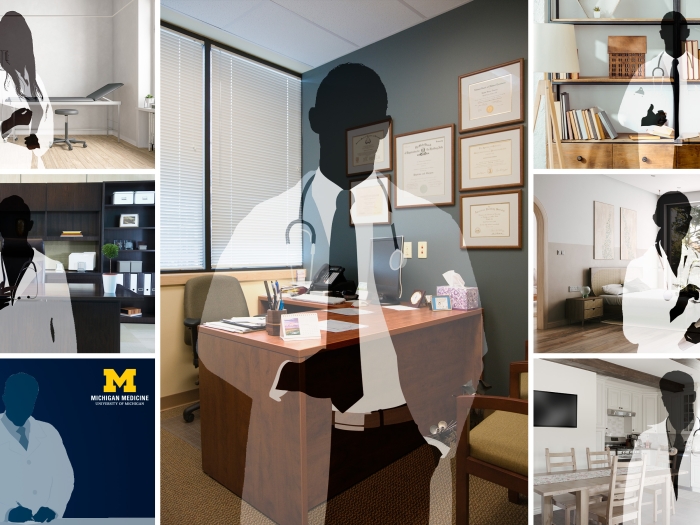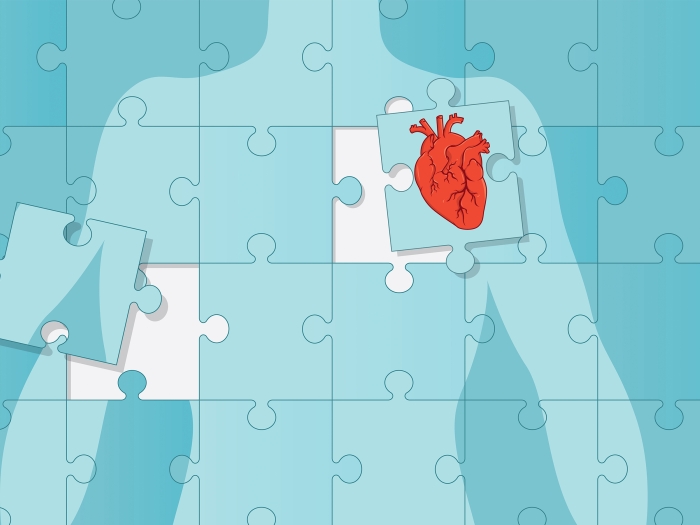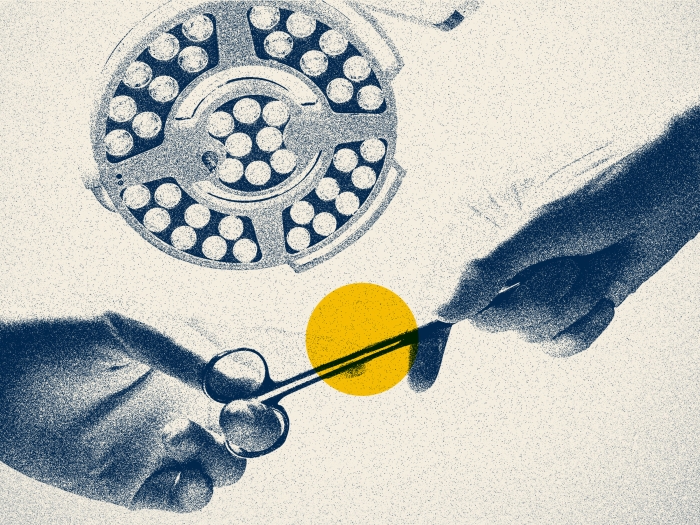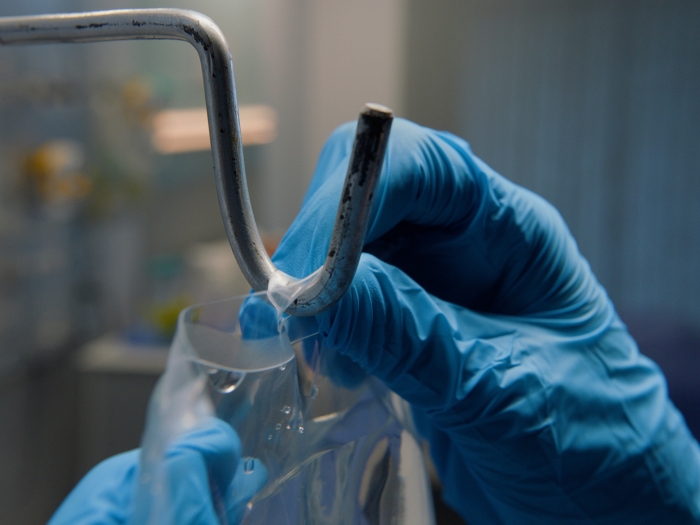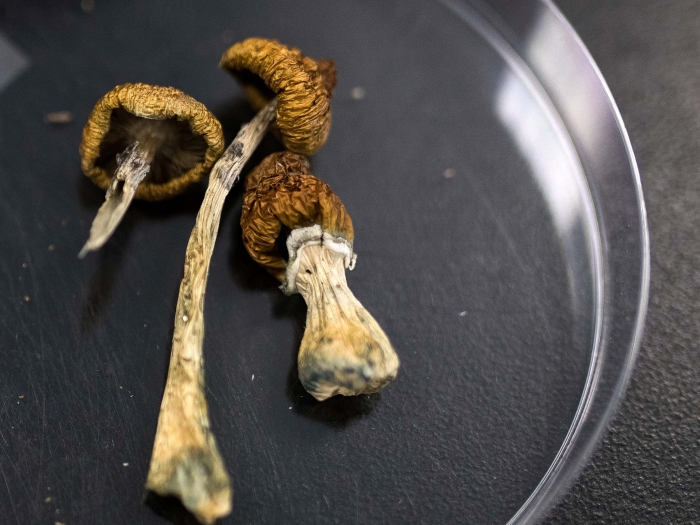Before drugs reach human clinical trials, human liver organoids, grown from stem cells, can offer a sensitive liver toxicity screening method, potentially saving lives while improving drug safety
5:00 AM
Author |
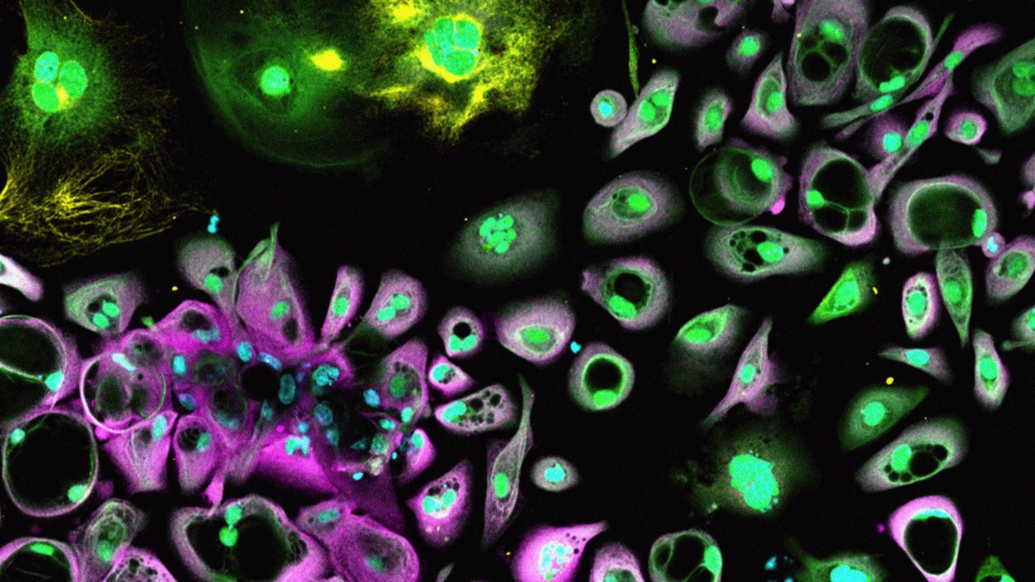
Researchers are working to improve drug testing to ensure newly developed drugs are safe for patients to take.
Drug, herbal or dietary supplement-induced liver injury is rare in the general population with an incidence of 1 in 1000 to 1 in 100,000 patients but can still cause a significant amount of damage when it does happen and is largely unpredictable or “idiosyncratic.”
Recently, a University of Michigan-led study provided evidence of the efficacy of a new drug-induced liver injury screening platform using human liver organoids, or tiny 3D models of organs developed from patients’ stem cells that grow in petri dishes.
SEE ALSO: An Easier Way To Grow Model Organs
The study’s findings were published in the Journal of Hepatology.
According to Robert Fontana, M.D., a study co-author and Michigan Medicine hepatologist, liver toxicity is a leading reason why drugs fail in development.
“There is an unmet need to improve laboratory-based test systems to use in drug development,” he said.
“We need tests that are reliable, accurate and reflect what will really happen when patients take a new drug in clinical practice.”
Pre-clinical drug screening
The FDA requires that all new drugs go through toxicology screening to ensure chronic dosing doesn’t cause adverse reactions, cancer, reproductive issues and/or organ liabilities.
Fontana notes that typically, toxicology screenings are conducted on laboratory animals, but humans sometimes react to drugs differently than their animal counterparts.
“However, regulatory bodies, like the FDA, are advocating for the use of human cells in drug studies to minimize laboratory animal use and more accurately simulate or predict how people will respond to new drugs,” he said.
“Many liver toxicology screenings are currently done on primary human hepatocytes, a type of liver cell, as these cells retain the ability to metabolize drugs. But primary human hepatocytes have several limitations as a screening tool.”
Fontana added that these cells come from an inconsistent source, as they are derived from a different donor each time and are only a single cell type.
“They also don’t last very long in the lab,” he said. “Three to five days, maximum.”
Through their study, the research team demonstrated that human liver organoids can be produced by collecting peripheral blood from patients, converting the cells to induced pluripotent stem cells and then nudging the cells into the lineage of a liver cell.
Stem cells can be used to produce additional batches of organoids from the same donor, allowing for a more robust and reproducible source of cells for testing.
Results showed that human liver organoids are metabolically active and can demonstrate an injury from a drug, while providing highly reproducible results.
SEE ALSO: Artificially Grown ‘Mini-Brains’ Without Animal Components Bring Opportunities for Neuroscience
Fontana notes that human liver organoids provide several key advantages over primary human hepatocytes to simulate human’s reactions to drugs.
“These 3D models represent a greater diversity of cell types, including hepatocytes, stellate cells and inflammatory cells,” he said.
“And we know everything about the donors from a medical perspective and the organoids can be produced from anyone which will greatly enhance the diversity of donors to detect liver injury with specific ethnic backgrounds. It’s also crucial that the culture of the cells can be maintained in the lab for up to 28 days, which allows us to more accurately simulate how drugs are actually prescribed in humans.”
Put to the test
To assess the effectiveness of human liver organoids as a drug toxicity screening tool, Fontana and the team of laboratory scientists led by Jonathan Sexton, Ph.D., study senior author and an assistant professor of Internal Medicine in the University of Michigan Medical School and Medicinal Chemistry in the U-M College of Pharmacy tested a real scenario of a drug combination that led to severe liver damage.
“We were able to predict severe liver injury using our patient-derived liver cells where all other models failed,” said Sexton.
The drug tenofovir alafenamide, which is branded as Vemlidy, received FDA approval in 2016 for hepatitis B treatment.
But a newer drug called inarigivir soproxil was developed to target the virus in a different way.
“Inarigivir soproxil worked to a certain extent on the virus but was then tested in combination with tenofovir alafenamide to attack hepatitis B virus in two ways,” said Fontana.
“Pre-clinical toxicity screenings with primary human hepatocytes did not detect damage to liver cells.”
Yet Fontana said that during phase two clinical trials in humans, “seven of 50 treated patients developed severe liver damage, and one individual actually died of liver failure from the drug combination after only 12 weeks of dosing.”
“The drug development program was immediately discontinued.”
However, the human liver organoid screening platform detected that tenofovir alafenamide and inarigivir soproxil were safe when taken alone, but toxic to the liver when combined.
Fontana said that if this technology had been available earlier, it could have prevented the drug combination from ever reaching trials in humans.
“We can experiment more in the lab than we can in people,” he said.
“This validation provided a real-life example of how this method can improve patient safety, reproducibility, and save time and money during the drug development process.”
But why does drug-induced liver injury occur?
Fontana says that the Drug Induced Liver Injury Network seeks to answer that question by analyzing rare cases of liver injury caused by drugs or herbal and dietary supplements.
The researchers at five major medical centers are focusing on genetics, the immune system, diet and/or a combination of the three as potential factors.
“If we can go from one in 10,000 to one in 100 million occurrences of a bad reaction to a drug, we’ve done a lot of good for current and future patients,” he said.
Currently, U-M researchers are testing the human liver organoid platform to be used a diagnostic tool for patients who have already experienced liver injury to pinpoint which drugs caused adverse effects.
In the distant future, Fontana envisions this human liver organoid platform to be used in precision medicine.
“If a patient needs to start a new drug and there are five potential candidates with similar efficacies, their doctor can then collect stem cells and determine which is the safest for that specific person,” he said.
“Although an exciting prospect, this type of personalized medicine won’t be available for 10 or more years from now. But the future is coming, slowly."
In addition to Fontana, the U-M research team included Charles Zhang, Sophia Meyer, Matthew O’Meara, Ph.D., Sha Huang, M.S., Meghan Capeling, Ph.D., Daysha Ferrer-Torres, Ph.D., Charlie Childs, Jason Spence, Ph.D., and Jonathan Sexton, Ph.D.
Paper cited: “A human liver organoid screening platform for DILI risk prediction,” Journal of Hepatology. DOI: 10.1016/j.jhep.2023.01.019

Explore a variety of healthcare news & stories by visiting the Health Lab home page for more articles.

Department of Communication at Michigan Medicine
Want top health & research news weekly? Sign up for Health Lab’s newsletters today!

